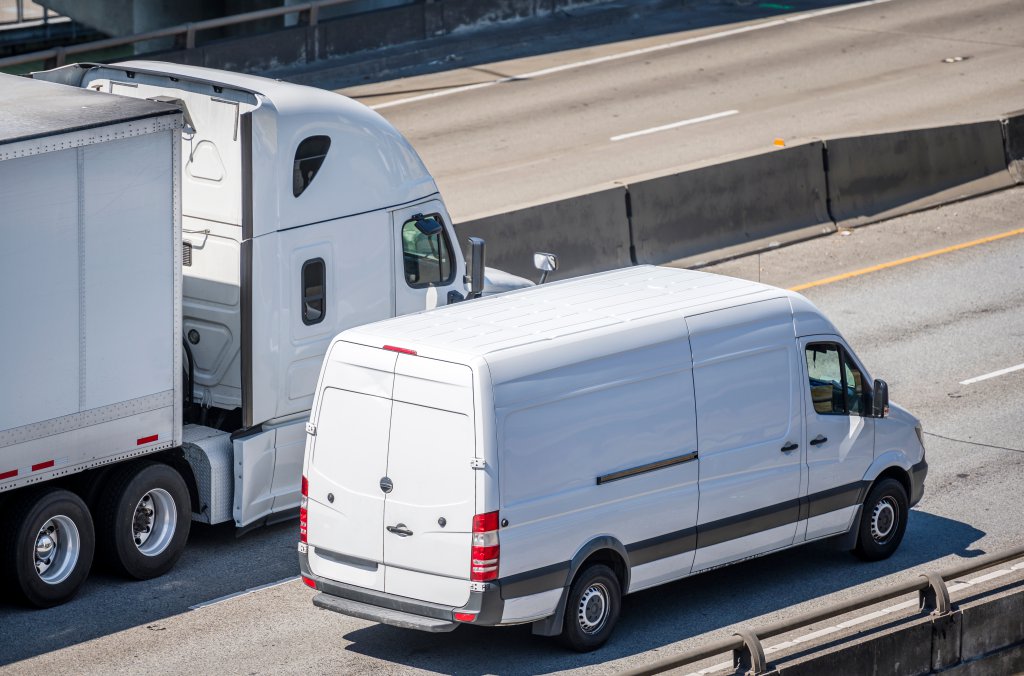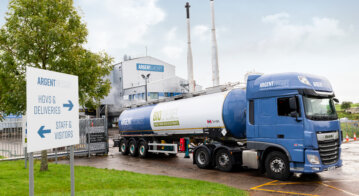From telemetry to the balance sheet: challenges for 2022 in Logistics
There are unavoidable costs to be carried when running fleet operations: employment costs, fuel, vehicle maintenance and parts, insurance, public indemnity, and so on. The list is a long one, and like in many businesses, there’s always pressure to lower those costs and create a more streamlined operation.
Some items that are written in a red ink on the company’s ledger seem to be set in stone. Having fewer people to drive vehicles, for instance, might cut the wage bill, but it’s pretty impossible to hit customer targets without drivers. Similarly, vehicle maintenance rates are pretty standard across the industry, and unless the fleet can somehow cover fewer miles, there isn’t much wriggle room.
The elephant in the room at the time of writing is fuel cost. As one of those immovable cost items on a ledger, high pump prices mean that it’s inevitable that customers will, sooner or later, have to pay more. The only silver lining is that in almost all cases (those fleets that only use all-electric vehicles, for example), a logistics company’s competitors are in the same boat. Every company without exception, however, is seeing price pressure from the general rise in living costs. These affect almost every aspect of operations, and here there are no escapees.
Careful use of technology can, however, help lower running costs in multiple areas of the business. Take as an example on-vehicle telemetry. A decade ago, vehicle tracking solutions helped companies keep tabs on assets, check drivers’ routes and schedules, and generally see a minute-by-minute snapshot of the business’s vehicle. The evolved telemetry solutions now available go much further, and can proactively drive down a company’s overall cost burden.
Pieces of the jigsaw
Many continental logistics companies focus on their fleets’ carbon footprint, both as a social and economic issue – and UK companies can learn from some eco-centric operational changes. After all, lowering carbon emissions generally stems from burning less fuel, and if fleet managers want to lower what’s suddenly a very large figure, ensuring less resource use is a valuable “win.”
Here technology helps plan routes – not just route plans that take in an optimum number of drops/pickups, but that actively avoid areas that metrics (from the same tech platform) have proven to be fuel waste black-spots. Inner city routes that go across towns may be ten minutes quicker than using a ring road or nearby dual carriageway, but start-stop traffic means vehicles gulp rather than sip diesel.

Oftentimes too, those same routes comprise busy roads that affect vehicles’ mechanics: brake wear and tear, suspension rattles, and all manner of mechanical niggles tend to emanate second from busy, congested routes.
By better route planning, therefore, companies save fuel (good for the carbon footprint, sure) but also save on maintenance bills at month’s end, spare part costs and mechanics’ wages.
Keeping all hands on deck
A big worry for the logistics industry (and the entire supply chain sector) is staffing. Keeping qualified, reliable people is a tough ask, and post-Brexit, it’s very much a seller’s labour market. Here too, careful and thoughtful use of latest-generation tech can ensure staff are retained, happy and loyal to the company.
When drivers and back-office staff are pressured into longer hours, the company bears a much greater cost in the mid- to long-term. It may be better value to the business to fund an extra vehicle and/or extra staff to lessen workloads. Although that might seem illogical, the average cost of recruiting, training and keeping new staff is very high and getting higher. The data insights available from platforms like Verizon Connect‘s Reveal gives decision makers the information they need to do the maths: comparing the cost of losing five drivers because they feel overworked to the cost of outsourcing some work to a third party.
The point here is that today’s technology gives the type of macro-insights that fleet managers need to see themselves and their operations through lean times. And when fuel prices fall again and the cost of living increases begin to slow, the technologically-empowered company will be the one that not only survives but is able to thrive.
To find out more about Verizon Connect’s raft of technology that can help your business lower its costs (and carbon footprint), reach out to a representative to discuss the options.









